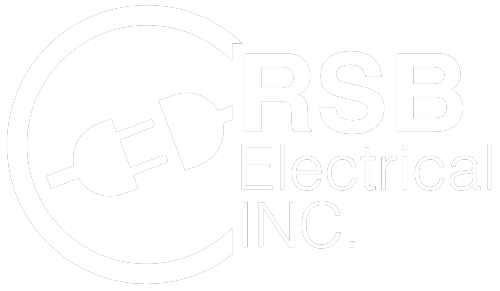Emergency Lighting Compliance
Emergency lighting is a system a business has which they hope they never need or use.
Within the electrical system of a commercial building, one of the essential features of the is the emergency lighting. The value of having a network of emergency lighting during a catastrophe or fire should never be underestimated, as it can mean the difference between making it out of a building or not during the emergency event. The electrical building codes reflect the importance of emergency lighting, as there are strict laws regarding the placement and capacity of these lights.
Constant emergency readiness
Inspection and regular service by an individual well-versed in OSHA regulations will keep the emergency lighting in a state of perpetual good working order is essential as fines are steep if the emergency lighting is not in compliance, and failed re-inspections can rack those fines up into the tens of thousands of dollars. Also, compliance paperwork is critical to avoid legal problems if there is a crisis or disaster.
Components of the system
There are two parts to an emergency lighting network. The first portion is the exit signs and their proper placement in the building. They are independent units from the emergency lights, and they are either glow-in-the-dark or self-illuminating.
The second part is the emergency lights, themselves Although emergency lights are part of the primary lighting system, they have independent controls. If the electrical system is operational after an event, the emergency lights will operate from the main power system. However, if this is not the case, the system has an independent ballast network which connects the lights to an emergency lighting battery system.
Time and lighting is of the essence for responders
In the event of emergency circumstances, if the primary power fails, the lighting system must be capable of battery-powered operation for a least 1.5 hours, although the newer systems are much more effective and will last about 30% longer. While occupants will presumably be evacuating briskly from the building, firefighters and other personnel will still have a brief time to enter the building to conduct emergency procedures and move the injured out.
A trail of breadcrumbs out of danger
The lighting pattern must be correctly set to guide individuals within a building toward an exit by providing illumination all the way up to the door and all the way out of the building. Emergency lights are a ‘trail of breadcrumbs’ to get potentially confused and frightened occupants out of the structure without further injury, and a building owner with compliant lighting can be proud to call his facility a safe one.
Keeping the system current
Regular inspections ensure the equipment is functioning as it should lest the unthinkable happen. And aside from safety, if an OSHA inspection comes back as failed, the first time offense can be up to $7,000 depending on the severity of the issues. Following the first failed inspection, subsequent failures can rack up in fines around $70,000 depending on how non-compliant the business is about fixing the problems.
Lighting equipment should not only function properly but should be inspected and serviced often to reduce the risk of fines for noncompliance. Relevant inspection documents should be kept on hand to help reduce the risk of liability issues.
Emergency lighting can and should be installed and repaired by a licensed electrician who is familiar with the OSHA emergency lighting electrical codes and the lighting codes in the area.
When in need of home electrical inspections, whole-house surge protector installation, attic fan installation, or smoke detector installation, electrical repair, or home electric car charger installation, trust the licensed and insured professionals at RSB Electrical. We are a 24-hour emergency electrician based out of Mesa, AZ. Call 480-485-4284 for more information.

